Subdued wage growth data in Japan is raising eyebrows, particularly at BoJ. An essential element for the central bank’s policy normalization is the establishment of a harmonious cycle between wage growth and prices. The recent figures, however, indicate that this equilibrium remains elusive.
In August, labor cash earnings in Japan rose by a meager 1.1% yoy. This increase, while consistent with the prior month, fell short of the anticipated 1.5% growth. Furthermore, base salary growth, although increasing to 1.6% yoy from the preceding month’s 1.4%, has yet to manifest signals of a robust and sustainable upward momentum.
The bright spot, perhaps, is the increase in overtime pay, which is often used as an indicator of business vibrancy, as 1.0% yoy ascent was observed, rebounding from July’s flat growth.
However, inflation-adjusted real wages continued their downward spiral for the 17th consecutive month. August’s real wages declined by -2.5% yoy, surpassing the projected -2.1% yoy dip. This trend starkly reveals that despite any increments, wages are struggling to keep up with the consistent price surges, placing added strain on the average consumer’s pocket.
Also released, household spending, a critical driver of economic activity, contracted by -2.5% yoy, a figure that, while better than the anticipated -4.3% yoy decline and an improvement from July’s -5.0% yoy reduction, still underscores constrained consumer expenditure.





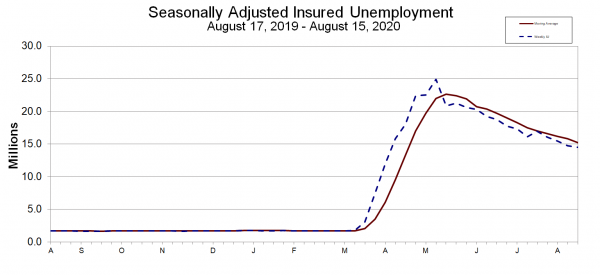
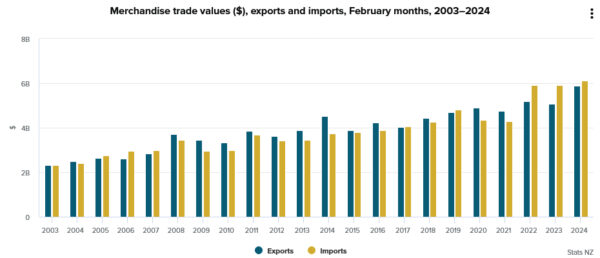
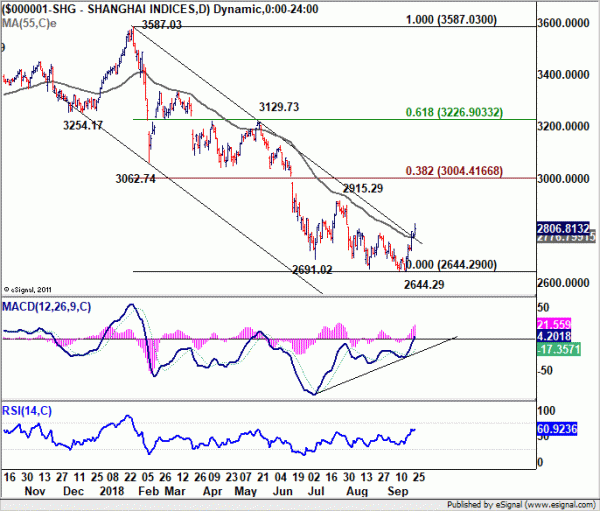
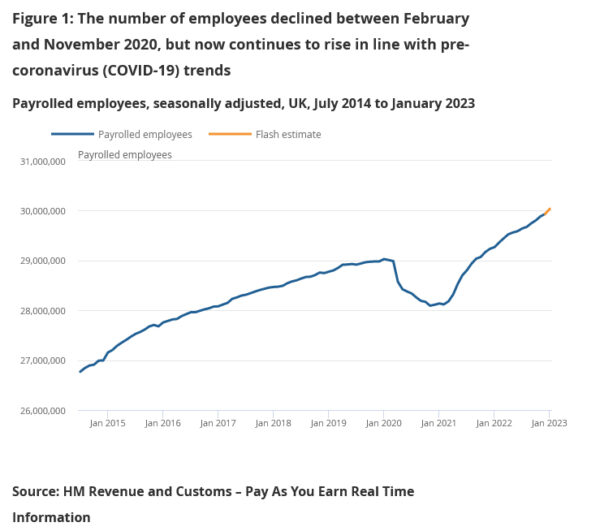
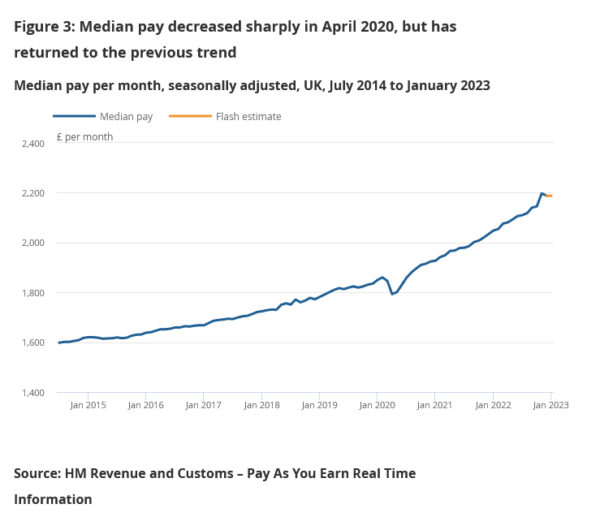
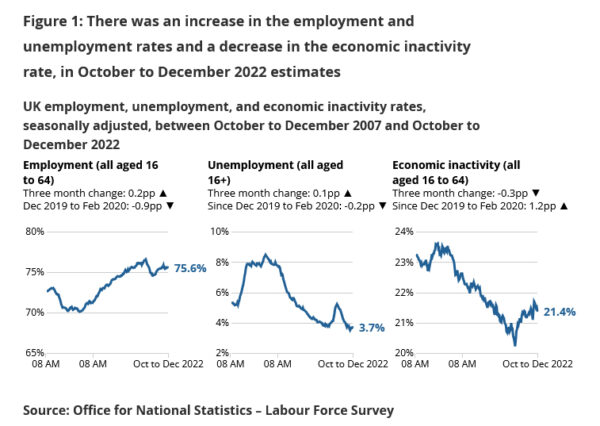
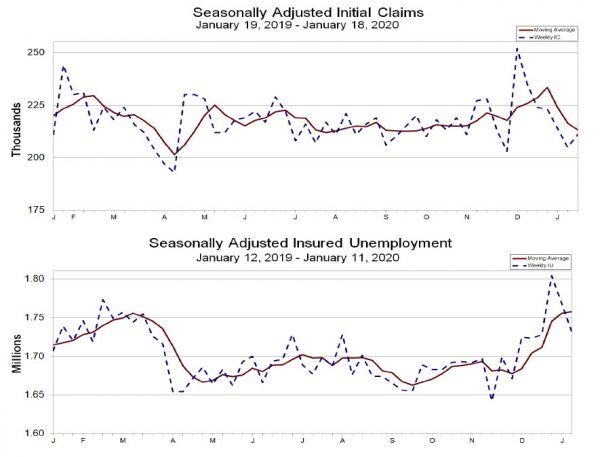
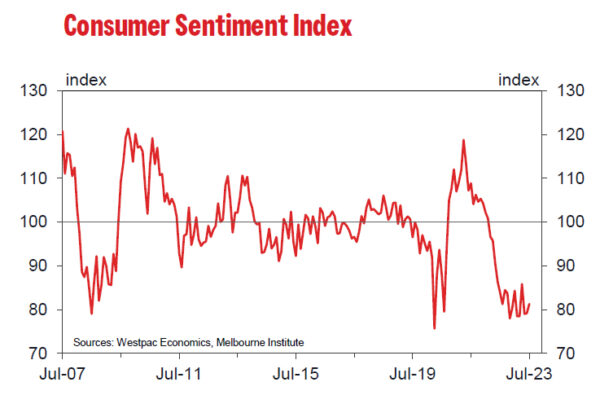
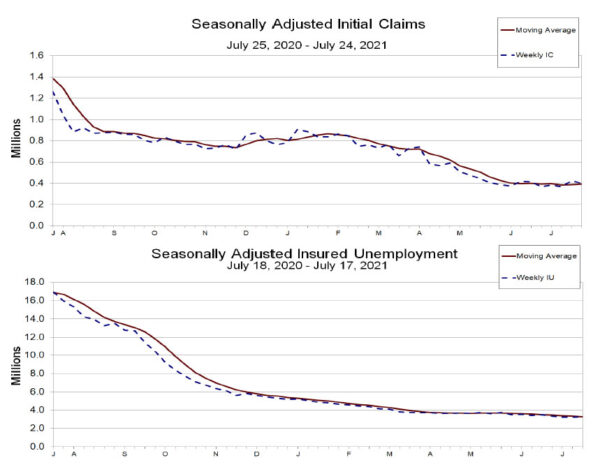
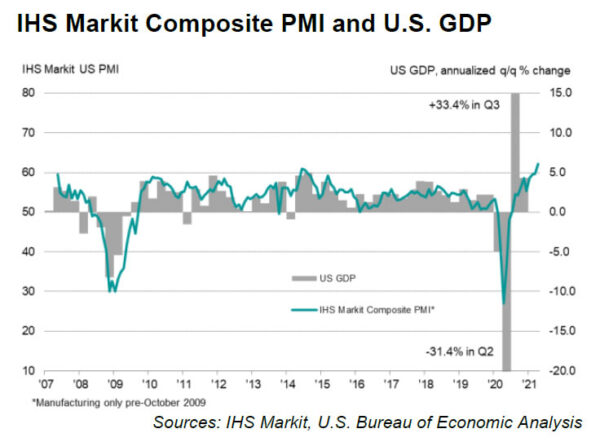
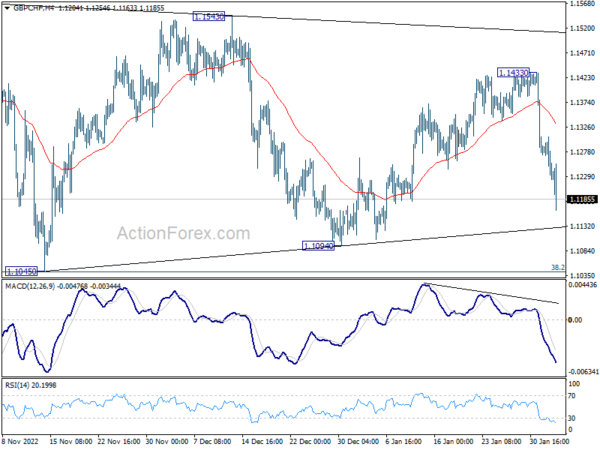
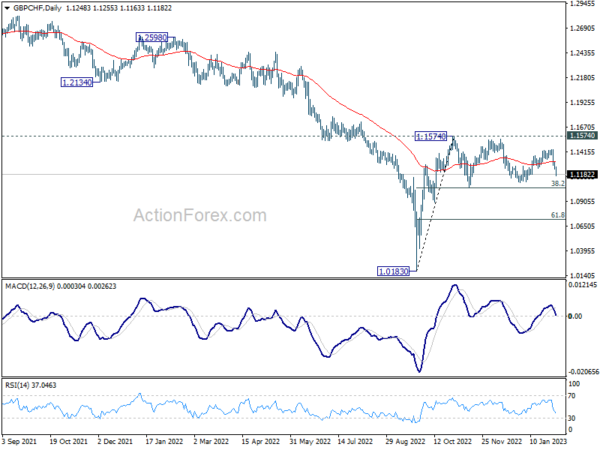
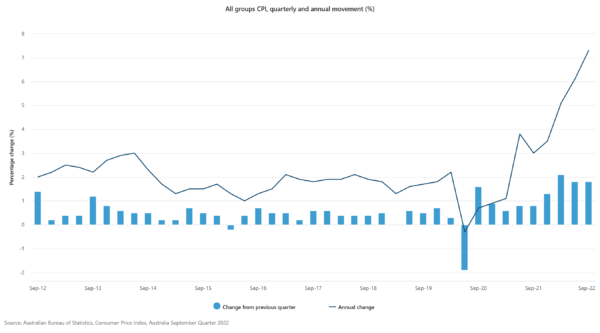
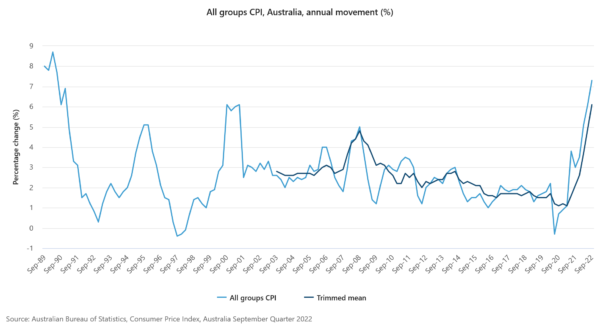
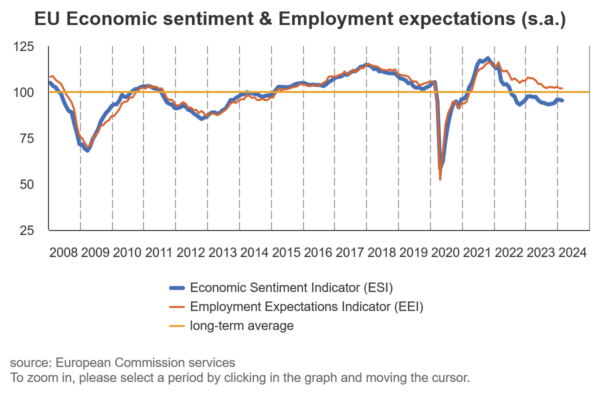

Bundesbank upgrades German GDP forecast, at beginning of strong upswing
Bundesbank upgraded Germany GDP growth forecast to 3.7% (from 3.0%) in 2021, 5.2% in 2022 (from 4.5%). Growth is expected to slow to 1.7% in 2023. It said that “the German economy is overcoming the pandemic-related crisis and is at the beginning of a strong upswing”. The economy is expected to reach pre crisis level again “this summer”.
Inflation to also projected to accelerate to 2.6% yoy this year (upgraded from 1.8%). For 2022, inflation forecast is upgraded to 1.8% (from 1.3%), and for 2023 at 1.7% (from 1.6%). It added, “the exceptionally high inflation rates, by German standards, projected for the second half of 2021 could ultimately shift economic agents’ inflation perceptions and expectations,”
“As a result, wage and price-setting behavior could change and exert further inflationary pressure. This would especially be the case if headline price inflation in the near future were to be even higher than estimated here”, the report added.
Full release here.